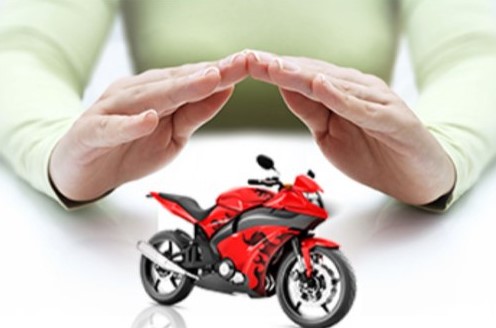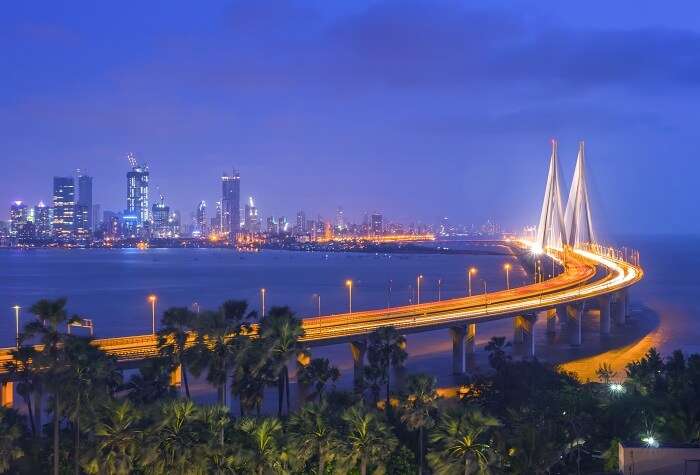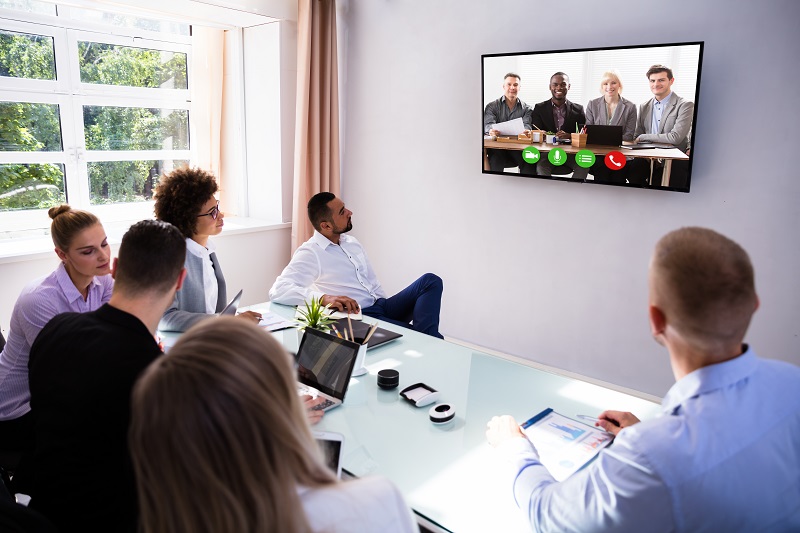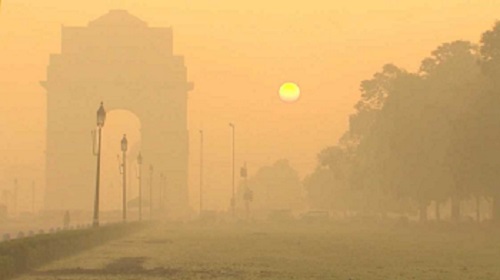You cannot ride a two-wheeler without an insurance policy in India. Here’s looking at what the policy entails and covers.
By a staff writer | editor@themetrognome.in
If you own a bike in India, you cannot use it without having valid two wheeler insurance. And if you’re caught riding without two-wheeler insurance, you will attract substantial financial and legal penalties. As most Indians commute on busy and chaotic roads, the need to have bike insurance becomes all the more important.
As unfortunate road accidents are on the rise, many riders have been subjected to enormous financial obligations to the road accident victims, but luckily their insurance covered the expenses. Not investing in comprehensive two-wheeler insurance can prove to be a grave money mistake in the long run.
What is Two-Wheeler Insurance?
A two-wheeler insurance policy covers bike owners against potential financial losses due to accidents, natural calamities, and man-made disasters. It can also save you against financial claims made by a victim after a road accident.
Just like you plan and work on your financial health in advance to safeguard your senior years, you should also plan to protect your finances arising out of potential road accidents. If you are yet to get two-wheeler insurance for a bike, you’ll get to choose one between the two types of two-wheeler insurance discussed below:
- Comprehensive Bike Insurance
Riders looking for complete protection should go ahead with this bike insurance. As the name suggests, comprehensive insurance offers full or comprehensive coverage to the vehicle.
Whether your two-wheeler met an accident, got stolen, was damaged due to man-made disasters like riots, or got damaged due to natural calamities, like flood or fire, your insurance provider will cover against financial losses arising from any of these instances.
Just like you invest in relationships to keep things going, you need comprehensive two-wheeler insurance to keep things going smoothly on the road.
- Third-Party Insurance
Two-wheeler third-party insurance or limited liability insurance covers the insured against third-party liabilities developed due to a road accident. Even if your bike accidentally hit a person or damaged his vehicle, you can be sued for the damages caused.
If you have valid third-party insurance in place, you will be saved from huge financial strains, as the insurance company will pay off the expenses.
In the past, many people have been an eyewitness to road accidents, and things can take an ugly turn if the rider responsible for accident refuses to pay for the damages caused to the victim. If you want to keep your finances unaffected by third-party claims, go ahead with two-wheeler third-party insurance.
Benefits of Two-Wheeler Insurance
Whether you invest in comprehensive insurance or two-wheeler third-party insurance, both can save you from financial losses arising out of a potential road accident.
Though the two differ in terms of coverage, riders do get general benefits from both. If you don’t have two-wheeler insurance yet, you’re missing on the following benefits:
1 Cashless Repair at Network Garages
With so many known insurance providers in the market, it is not difficult to find bike insurance that offers cashless repair benefits at network garages. In case your two-wheeler got damaged due to accident, man-made disaster, or natural calamities; and it resulted in heavy repair expenses, you can get your vehicle repaired at zero or minimal out-of-pocket expenses (subject to exceptions) by taking your two-wheeler at a network garage.
2 Safety Against Third Party Obligations
Whether you’re living in one of India’s best cities or towns, the chances of road accidents cannot be overlooked. The road conditions at some places make you more vulnerable while riding, resulting in road accidents. If you end up damaging a person’s property or endangering his life, you will be liable to pay compensation for the same. Having insurance with maximum coverage can save you from such conditions.
3 Coverage for Own Damage
If you have to ride daily through narrow yet crowded lanes that make you prone to accidents, it is best to get yourself insured. Even if a minor accident can damage your vehicle and you may be subjected to physical damage too. Having insurance with the right coverage will pay for your bike repair expenses and your medical bills, saving you from significant out-of-pocket expenses which you wouldn’t be prepared for.
When you’re getting peace of mind and a worry-free riding experience against some premium, it is the best deal anyone can ask for.
(Featured image courtesy https://indiacsr.in/what-should-you-check-in-your-two-wheeler-insurance-policy/)



 When you consider painting your house, paint color shouldn’t be the only focus point. Choosing the right paint finish is as important as selecting the right paint color for your space. If you ask
When you consider painting your house, paint color shouldn’t be the only focus point. Choosing the right paint finish is as important as selecting the right paint color for your space. If you ask 
 The coronavirus pandemic is an unforeseen and unprecedented situation that has turned everything upside down. And like every major disruption, it is majorly pushing the boundaries of reliance.
The coronavirus pandemic is an unforeseen and unprecedented situation that has turned everything upside down. And like every major disruption, it is majorly pushing the boundaries of reliance.
